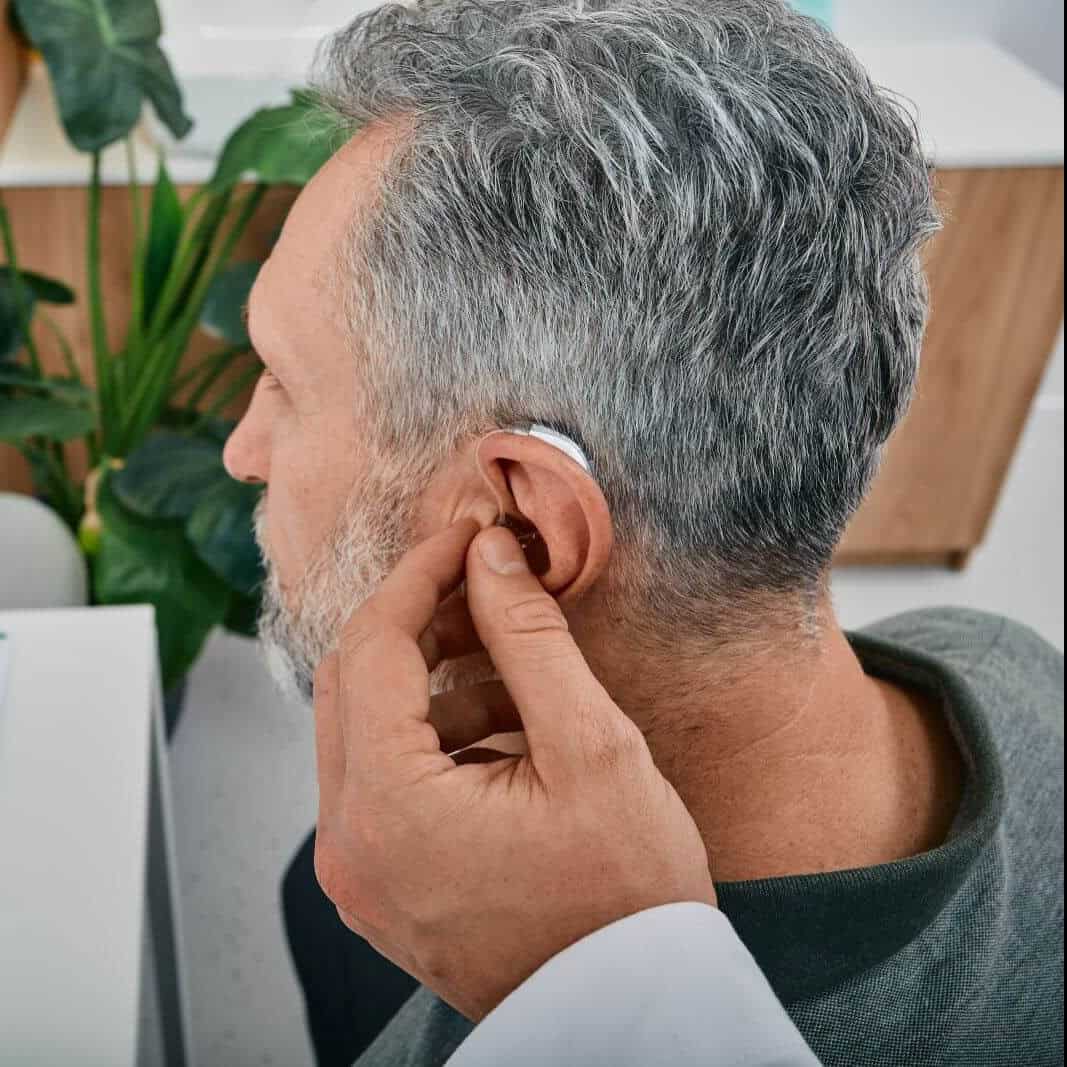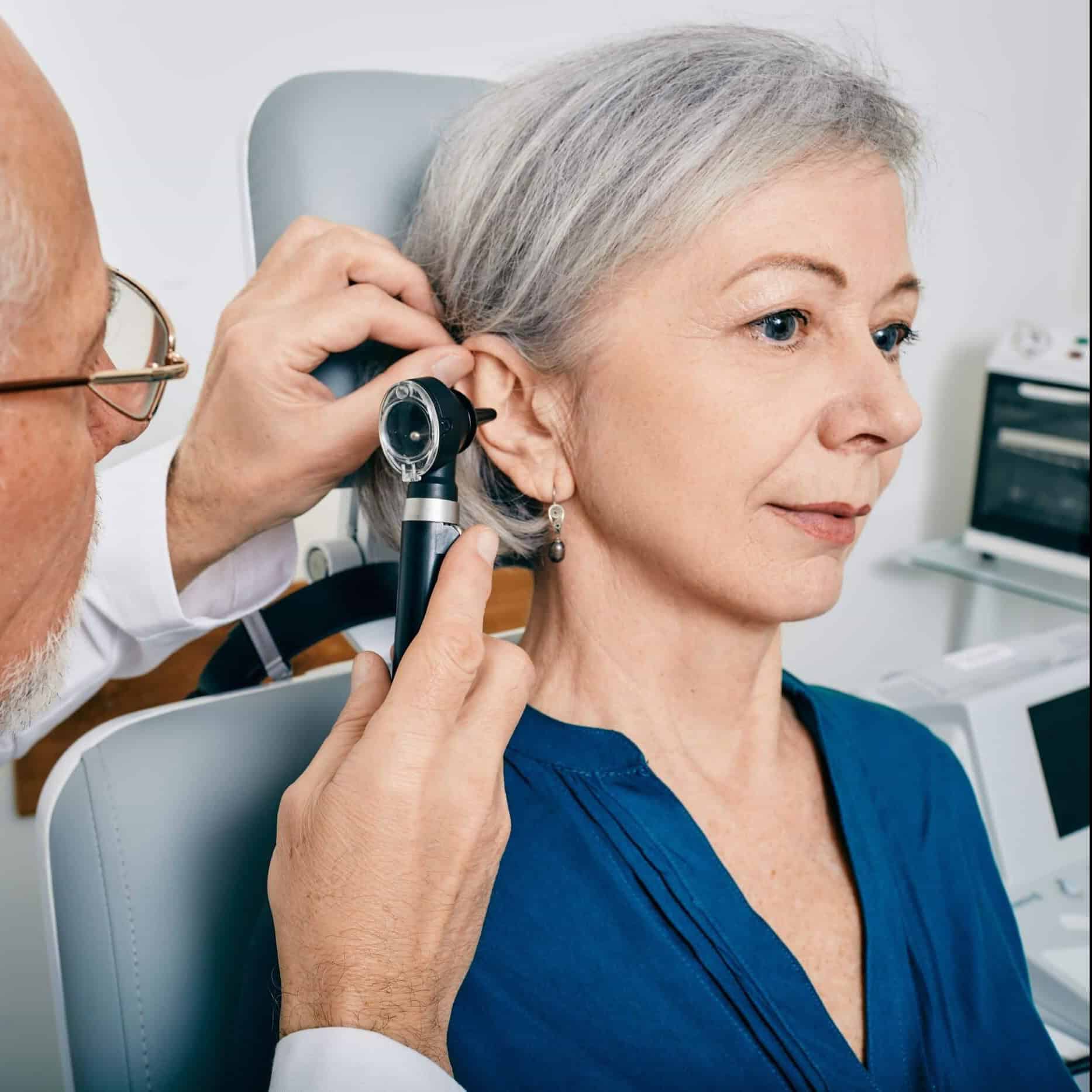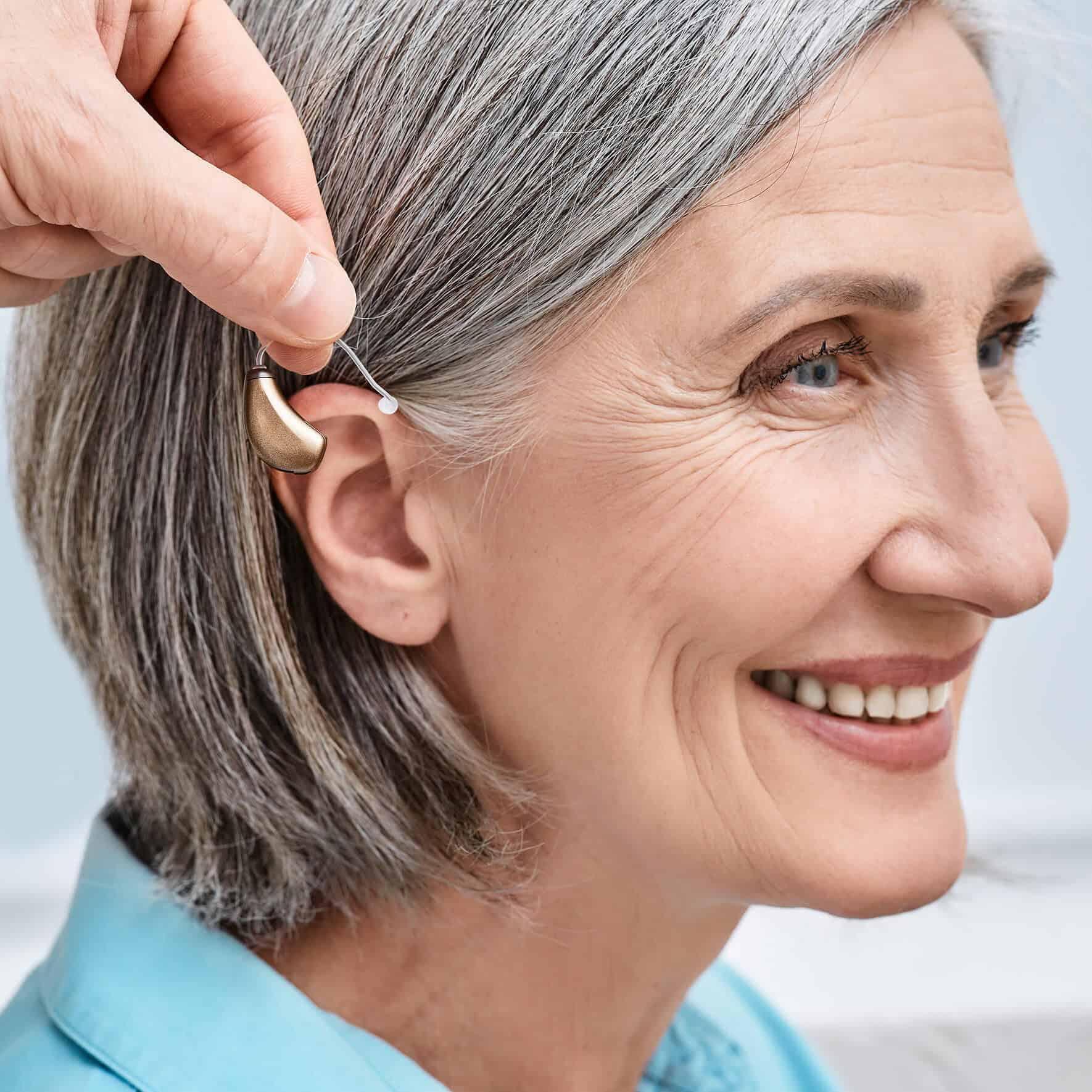Hearing Aid Repair


Our Services
Diagnostic Assessment: Our skilled technicians will conduct a thorough diagnostic assessment of your hearing aids to identify the root cause of the issue. This step is crucial in determining the most effective repair strategy.
Expert Repairs: Once the issue has been diagnosed, we get to work to repair the issue. Most repairs can be done right in our office, the very same day. For more extensive repairs, we can help facilitate service with the manufacturer. For hearing aids under warranty, there is no charge for this service. Unsure if your hearing aid is under warranty? We can answer this question for you.
Genuine Parts: We understand the importance of using genuine parts to maintain the integrity of your hearing aids. That's why we source and use only authentic components from the original manufacturers.
Fast Turnaround: We value your time, which is why we aim to provide fast turnaround times for our repair services. Our efficient processes allow us to get your hearing aids back to you as quickly as possible.

Brands We Service
- Oticon
- Widex
- Signia
- Phonak
- Unitron
- GN Resound
- Starkey
- Horizon
- TruHearing
- Relate

Why Choose Us
Expertise: Our technicians are highly trained and experienced in repairing a wide variety of hearing aid models. Their expertise ensures that your devices receive the best care possible.
Quality Assurance: We are committed to delivering repairs of the highest quality. Each repair undergoes thorough testing to ensure that your hearing aids are functioning optimally before they are returned to you.
Transparency: We believe in transparency in all our dealings. Before proceeding with any repairs, we provide you with a detailed explanation of the issue, the recommended solution, and a cost estimate.
Customer Satisfaction: Your satisfaction is our ultimate goal. We take pride in providing excellent customer service and strive to exceed your expectations with every repair.

Get in Touch
If your hearing aids are in need of repair, don't hesitate to reach out to us. You can contact us through our website or give us a call. Our friendly staff will guide you through the process and answer any questions you may have.
At Hear for You Hearing Aid Center, we are dedicated to restoring the sound quality and functionality of your hearing aids. Trust us to provide reliable and professional repair services for your Oticon, Widex, Signia, Phonak, Unitron, GN Resound, and Starkey hearing aids.
